Ordering Number: 24458
Wakizashi in Shirasaya (NBTHK Tokubetsu Hozon Token)
Signature: Mumei (attributed to Omiya, 大宮)
(Saidan-mei): Yamano Kanjuro (written seal mark)
指柄片手討胴落 山野勘十郎
Sayagaki: written by Dr. Kanzan
Naginata Naoshi, suriage mumei, attributed to Omiya.
Tested by Yamano Kanjuro.
Blade length is 1 shaku, 6 sun, 5 bu (approx. 49.9 cm).
Showa Tsuchinoe-Saru (1934), Early Spring, Kanzan.
We divide 4 sections for each sword as Saijyo Saku, Jyojyo Saku, Jyo Saku, and Regular Saku.
This piece is ranked as Jyojyo Saku (upper-grade) for a mumei (unsigned) sword attributed to Omiya.
Habaki: Silver foiled double Habaki.
Blade Length: 49.9 cm (19.65 in)
Curvature: 1.3 cm (0.51 in)
Mekugi Hole: 2
Width at Base (Motohaba): 2.88 cm (1.13 in)
Width at Kissaki: 2.8 cm (1.10 in)
Thickness (Kasane): 0.6 cm (0.24 in)
Sword Weight: 580 grams
Era: Nanbokucho period
Shape: shortened Naginata, wide wakizashi with long kissaki.
Jigane: Koitame and Mokume with Utsuri.
Hamon: Niedeki gunome midare
Features: Omiya school was a group of swordsmith in Bizen from the late Kamakura period to the Nanbokucho period. Morikage, the founder of Omiya school, was a swordsmith in Kyoto and moved to Bizen. Bizen swordsmith named Morikage is in the Osafune and Omiya schools, but the two have been confused in the past. Therefore, some of the works authenticated as Omiya Morikage include works in the flamboyant style of the Osafune School. Hoever, the actual style of Omiya school is mostly gentle with Suguha.
Aoi Art’s Comment:
It is rare to find Saidanmei on an old sword, while most swords with Saidanmei are Shinto swords. We do not understand the meaning of the Inscription well, but it seems to mean that Yamano Kanjuro cut off the body with one hand. It seems to be sharp.
NBTHK Tokubetsu Hozon Paper
Aoi Art Estimation Paper
Whole Oshigata
Order Form
Related Items:
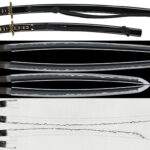 Dai Sho : Motohira(Dai Sho:NBTHK Tokubetsu Hozon Token)(Daisho Koshirae: NBTHK Tokubetsu Hozon Tosogu)
Dai Sho : Motohira(Dai Sho:NBTHK Tokubetsu Hozon Token)(Daisho Koshirae: NBTHK Tokubetsu Hozon Tosogu)
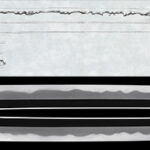 Wakizashi:Bishu Osafune Iemitsu(NBTHK Koshu Tokubetsu Kicho Token)(NBTHK Tokubetsu Hozon Token)
Wakizashi:Bishu Osafune Iemitsu(NBTHK Koshu Tokubetsu Kicho Token)(NBTHK Tokubetsu Hozon Token)
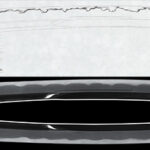 Wakizashi: Oushu Ju Kanesada(NBTHK Hozon Token)(NBTHK Hozon Token)
Wakizashi: Oushu Ju Kanesada(NBTHK Hozon Token)(NBTHK Hozon Token)
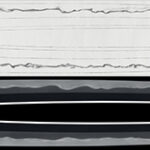 Wakizashi: Inoue Izuminokami Kunisada Kikumon (August 1665)(NBTHK Tokubetsu Hozon Token)
Wakizashi: Inoue Izuminokami Kunisada Kikumon (August 1665)(NBTHK Tokubetsu Hozon Token)
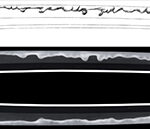 Wakizashi: Sakura Gonnoshin Terukane (NBTHK Tokubetsu Hozon Token)
Wakizashi: Sakura Gonnoshin Terukane (NBTHK Tokubetsu Hozon Token)
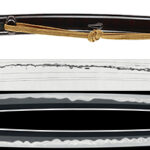 Wakizashi: Dewa Daijo Fujiwara Kunimichi(NBTHK Tokubetsu Hozon Token) (Consignment Sale)
Wakizashi: Dewa Daijo Fujiwara Kunimichi(NBTHK Tokubetsu Hozon Token) (Consignment Sale)






